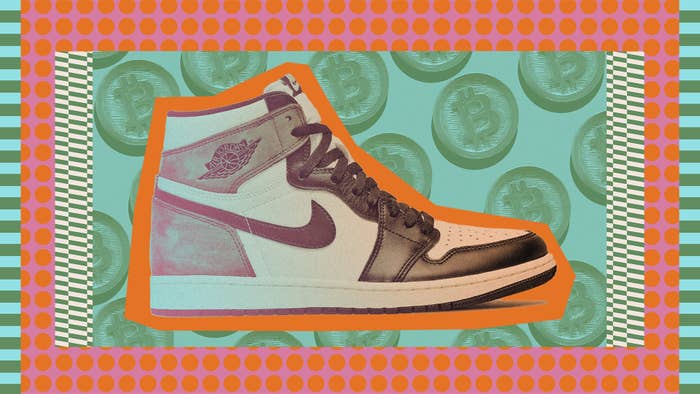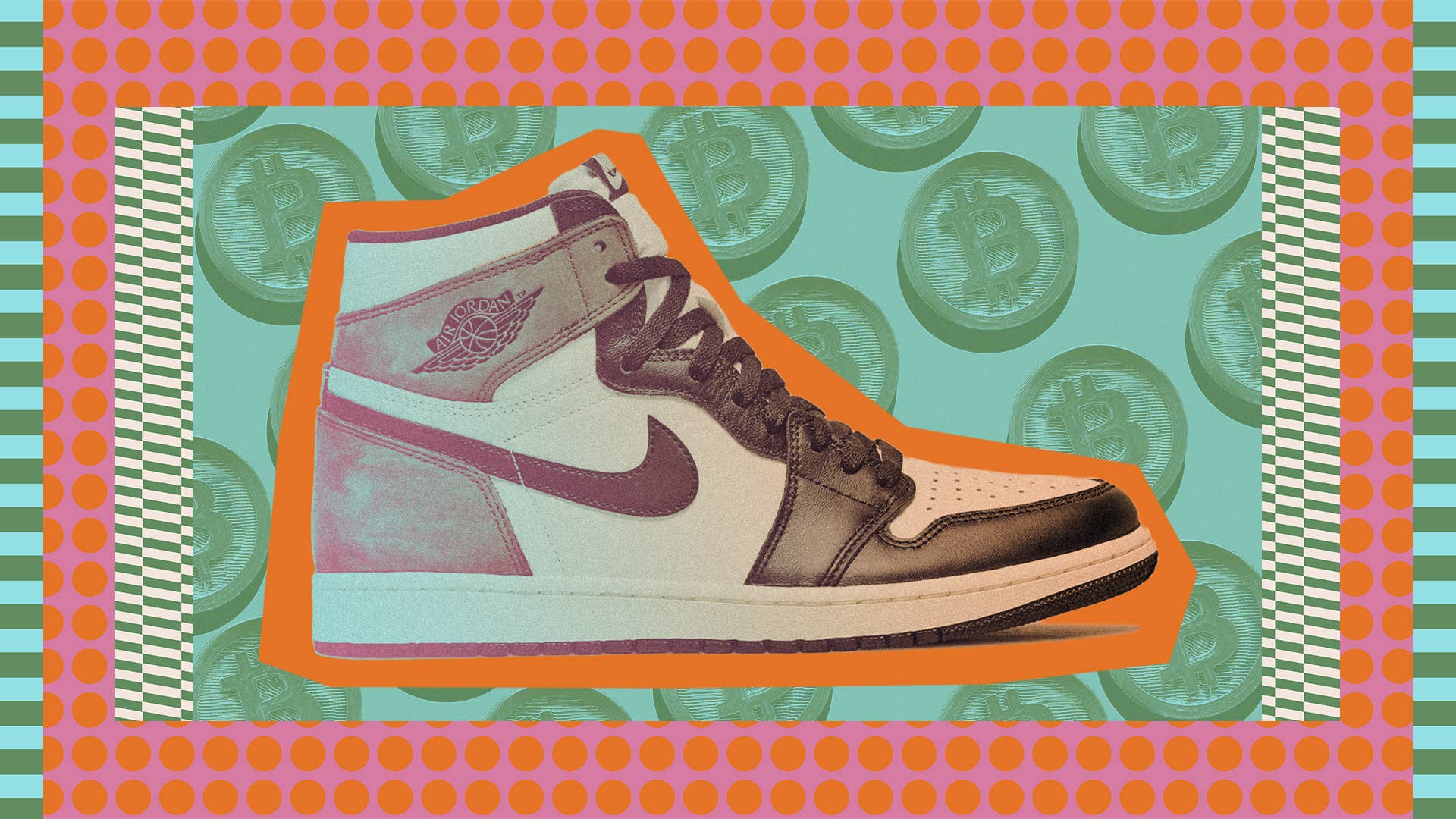
Can sneakers be a serious investment? What about trading cards? Or shares in a cannabis farm?
While many people are satisfied keeping their savings in a 401(k) or in IRAs, there are plenty of other ways to grow your wealth. Among financial advisers, these are known as alternative or nontraditional assets. The best-known alternative assets include real estate, hedge funds, private equity, and venture capital. But as technology and culture have evolved, new options have emerged. Kevin Mirabile, associate professor of finance at Fordham University’s Gabelli School of Business, calls them “exotic alternative investments.”
“You can define an alternative investment by inclusion or by exclusion,” Mirabile says. “Exclusion is the more common way, and it’s simple: an alternative investment is anything that’s not a stock or bond. Anything that can’t be converted to cash tomorrow is an alternative investment.”
One advantage of these investments is that they aren’t affected by greater forces in the economy as directly as stocks and bonds. “A recession may mean that people aren’t buying the same number of airline tickets, but it doesn’t necessarily make the value of a Picasso or a pair of Air Jordans decline,” Mirabile says. Otherwise stated: “Basically, you want investments that you wouldn’t find in your parents’ portfolios.”
There are, however, parameters to these investments. As Mirabile explains, there needs to be a mechanism allowing you to buy a share of the asset and an index to compare its value to those of other assets in the same category, and the asset has to be tradable.
Mirabile lays out a framework for evaluating such investments in his recent book Exotic Alternative Investments: Standalone Characteristics, Unique Risks and Portfolio Effects. The professor, who previously worked for financial powerhouses like Morgan Stanley and Barclays, spoke to Complex about opportunities ranging from e-sports to Beanie Babies. His answers have been lightly edited for length and clarity.
“The more asset classes you have in your portfolio, the lower volatility you’ll have, overall. The classic way to think about it is: Don’t put all your eggs in one basket.
“Your protection multiplies pretty quickly, the more assets you have. If you have 10 different asset classes, or 10 different stocks, in a portfolio, you might cut your risk in half, compared to if you only held one asset or one stock. The reason is: assets tend not to go up and down in value all at the time. Diversification is super important because it protects you from fluctuations in your individual holdings.”
“Buying a Picasso is a challenge, right? First of all, there aren’t that many of them. And then each painting has to be valued, and the last auction price three years ago may not be the current price. You have to have experts, and a whole process of determining value that’s different than in public securities. Trends in demand, combined with limited supply, cause a piece of artwork to rise in value, along with taste and preference. And then, at the end of all of that, it might be $45 million. Not many people can afford that.
“This is an extreme example, but in that same case of the Picasso, a million people could get together, pitch in $45 each, and buy the painting. Companies like Masterworks and several hedge funds allow people who otherwise wouldn’t be able to afford a Picasso to participate in this marketplace.
“New demand opens up now as pools of $45 pieces get put together to create bids for artwork. The NFTs are another mechanism to expand demand. If you can digitally own something, you can fractionally own something. Expanded demand is making these previously illiquid and hard-to-value securities act like they’re more liquid. There’s now more investment, more turnover, and, as a result, more price comparisons.”
“You want to ask yourself: Is there an index? If I’m buying a Babe Ruth baseball card because I believe it’ll go up, how do I know that 50 percent appreciation is any good? If I can look at an index of 50 cards and see that most cards went up by 25 percent in some time period, while my Babe Ruth card went up 50 percent, then I’d know I made a savvy investment. If I didn’t have that index, and it went up 20 percent, I might be proud of myself—but my investment would have actually underperformed compared to other trading cards.
“You’re adding a seemingly ‘risky’ investment to lower your risk. These investments make money when other, more traditional options don’t.”
“A good example of something that doesn’t make the cut because of this are Beanie Babies. There’s no index. It’s all anecdotal reports. There’s no easy way to forecast the supply. Fractional ownership also comes back into play. I don’t want to buy just one Beanie Baby, because the returns on that one investment are inherently limited. I want to be able to buy a fund that invests in Beanie Babies as a category so that my holdings are diversified, and no such market exists. We encounter the same problem with, say, vintage wedding gowns. There’s just not enough of them to trade.”
“Crypto is a trader’s marketplace more than an investor’s marketplace right now. The problem is determining which crypto asset, from Ethereum on down, will survive the test of time. There are interesting experiments emerging all the time. El Salvador is trying to use Bitcoin as a national currency. That’s a good test to see if it will stick.
“In this asset class, there are going to be winners. I don’t have a good handle on what those winners are. The technology that supports usage of different coins will be a safe place. I’d be thinking more about the blockchain itself than any individual coin. Blockchain could be like the internet, where, in the future, it becomes the baseline of how we do business—it could be the way people trade stocks and buy houses.”
“When it comes to cannabis, the bet is that it will take market share from other recreational products, like beer and wine, and pharmaceuticals, like creams and markets. If it can capture even small percentages of those markets, it will be a huge asset. The big problem right now is that they can’t bank because they are still illegal at the federal level. But there does seem to be a trend in the right direction there. I’m bullish.”
“E-sports was very popular during COVID. Four of the top 10 most-viewed sporting events in the world are e-sports events. Some events had more viewers than the World Series and more than the NBA Finals. There’s been some big events in terms of viewerships, and sponsorship money is going to increase.
“You can also buy into an index that trades in this space. NERD is an ETF (Exchange-Traded Fund) that trades in a variety of e-sports products and teams.
“Sneakers are on an up trend, and it seems that can continue, but you have to be careful.”
“[Cannabis and e-sports] investments are related to behavioral changes in user groups. They have bigger upside than trading cards or art. You can have increasing demands for trading cards, but there’s a defined and bigger market for creams and beverages that make you feel good—and for sports entertainment. And they don’t correlate to other traditional companies. They can capture the market share without being dependent on the economy.”
“I used to turn down sneakers as a paper category. There was nowhere to buy and sell them that would give you transaction history. Now there’s StockX, so it meets that criteria. And Nike and Adidas have put out indexes of their sneakers over time. Are Air Jordans or Kanyes the right purchase? You can now answer that question quantitatively.
“The important thing to remember is that these things can change quickly if preferences and demands shift. If celebrities and influencers shift away from sneaker endorsements to something else, like NFTs, that could collapse the market. You could own the top five LeBron James basketball plays of all time, and that’s your property, and you can license it to other people. That may be where the market goes. Sneakers are on an up trend, and it seems that can continue, but you have to be careful.”
“Lots of studies show that you should have alternatives. The first cycles of these investments are heading toward maturity, and people are increasingly considering moving some of their hedge fund money, for example, to e-sports or cannabis or sneakers.
“Big institutions like pension plans still aren’t going in on sneakers. They are playing in some interesting spaces, though, like litigation finance. That’s where they will look at a major lawsuit, like a class action, and take a bet as to who will prevail in court. Then they’ll finance the side that they think will win. It’s a bigger potential investment than, say, a bond from an insurance company. Institutions want to put billions to work, and a lot of these exotic investments are too small for them.
“That’s why this is really important for individual investments. These markets will grow, but they won’t ever match up to the $200 trillion stock and bond market.
“The market will be bigger, but they’ll never be as big as $100 trillion for the global stock and bond market. But they deserve a place. They punch above their weight. If you make a 1 percent to 3 percent allocation in alternatives like these, it would improve your diversification something like 25 percent. It’s ironic. You’re adding a seemingly “risky” investment to lower your risk. These investments make money when other, more traditional options don’t. They have a place in a smart portfolio.”

